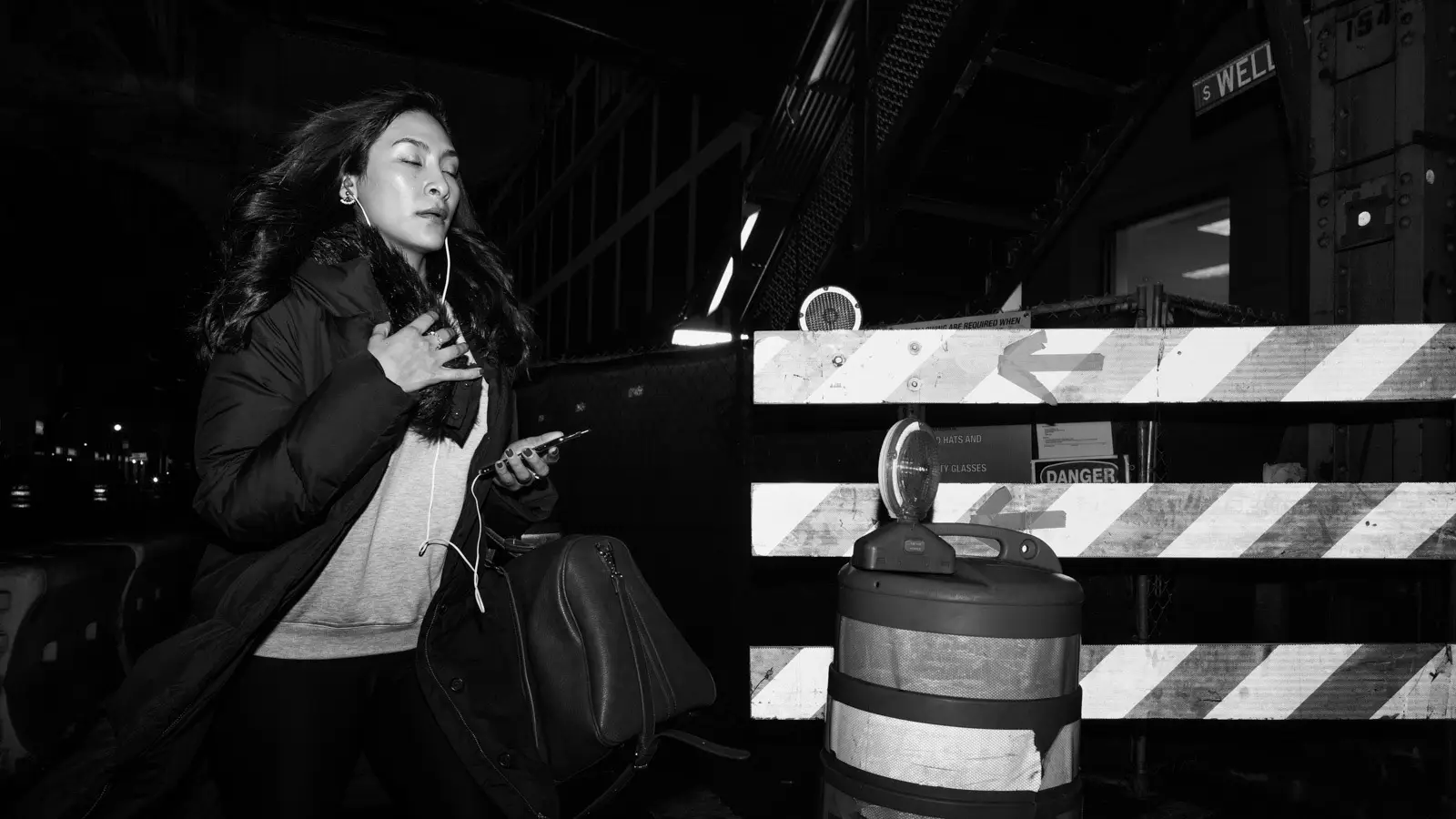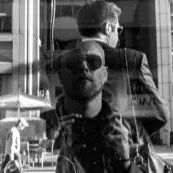Cindy Sherman
Conceptual photographer Cindy Sherman is known for her work using innovative, staged images of herself to communicate, represent and question the roles and issues of women in today’s world. Currently living and working in New York City, she has continually pointed the camera on herself. She acts as a fictional subject to produce a series of works that reveals the emotions and individuality of women. Using wigs, costumes, furniture and props, her images have featured women as:
- dancers
- fairytale characters
- housewives
- movie stars
- nudes
- prostitutes
- victims of disaster or distress.
Sherman’s Upbringing
Born in Glen Ridge, New Jersey (1954), Sherman grew up in Long Island as the youngest of five. She began her education in arts by studying painting at the State University of New York at Buffalo. Frustrated with limitations she experienced with painting, she switched to photography, studying it until earning her Bachelor of Arts degree in 1976.
Sherman’s Early Work
By 1977, Sherman’s first success surfaced through a series of black and white photographs referred to as the Complete Untitled Film Stills (1977-1980). These images portrayed staged stills of B-movie and European art film actresses. In each photograph, Sherman shot herself alone and in disguise, mirroring images and satires from real films. Untitled, these staged stills engaged the audience to complete the story for each character. The series received much publicity and critical acclaim, resulting in her first solo show in New York City.
Sherman Broadens Her Perspective
From 1985 until 1989, Sherman’s changed in style and is known as the Disasters and Fairy Tales series. In this, she created a series of images in strange and disturbing settings with odd lighting. This was the first time she was not the sole model in her images, incorporating doll parts and prosthetic, plastic body pieces to conceptualize her ideas.
Sherman’s Most Famous Pieces
After this, Sherman shot her best-known series of work, entitled History Portraits. Using prosthetic parts again, she recreated famous paintings by the great masters. To complete the series Sherman never went to a museum to view the paintings, preferring to work from images in books.
In her next work, Sex Pictures, she once again experimented with dolls and plastic body parts. In response to arts funding cuts and censorship, the Sex Pictures images were intended to shock with dolls and body parts in sexual poses shot close up and in color. This was also one of the few times Sherman wasn’t featured in her own pictures.
In 1995, she earned a MacArthur Fellowship, known as the Genius Awards. Through this, she received $100,000 over five years for future works. The Cindy Sherman Retrospective, a sample of her images, was later published in 1997.
Sherman’s Art Outside of Photography
Married to Michel Auder, a video artist, Sherman’s career has also included work in motion pictures. She directed the film, Office Killer (1997) and appeared briefly as herself in Pecker, a John Waters comedy, in 1998.
Many consider Sherman one of the most successful female photographers of the modern world. Her work has been showcased at such worldwide venues as the Museum of Modern Art in New York, the Los Angeles Museum of Contemporary Art and the Pompidou Center in Paris. Her collections can be found in the Metropolitan and Brooklyn museums in New York, as well as in the Tate Gallery in London.



